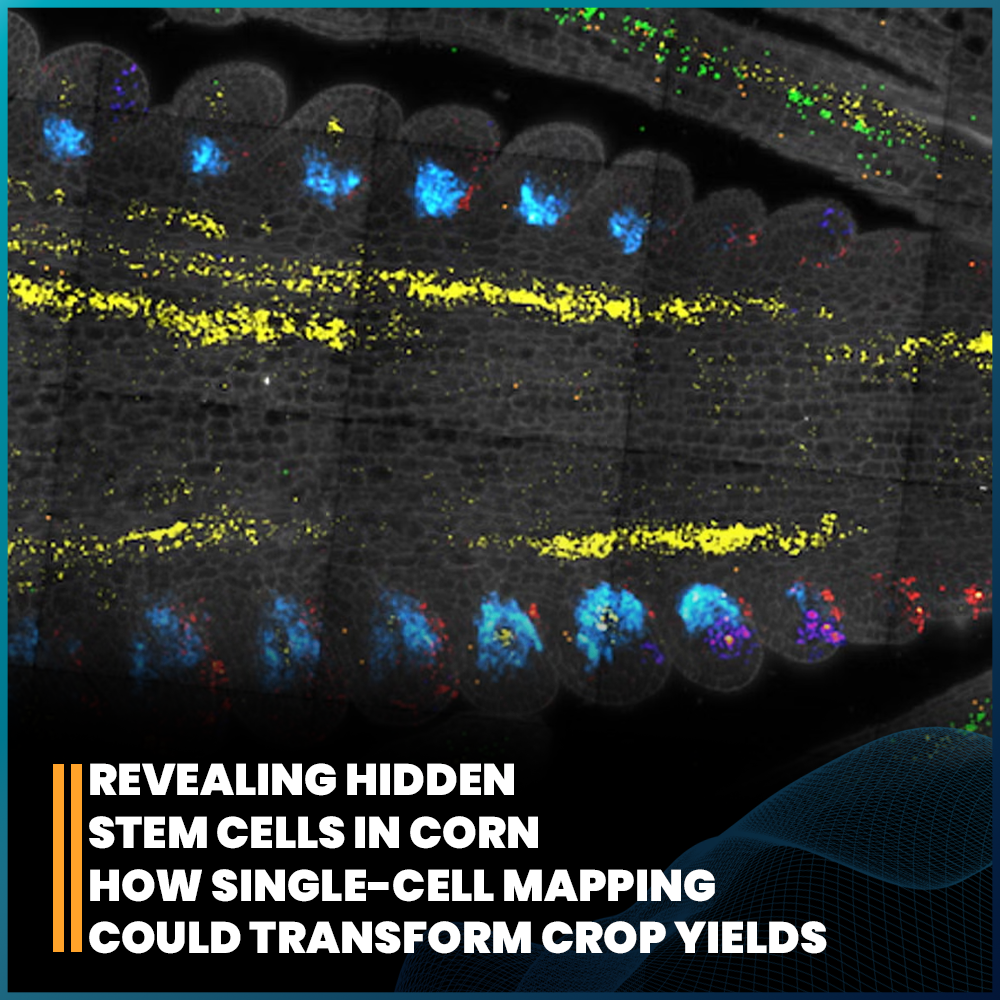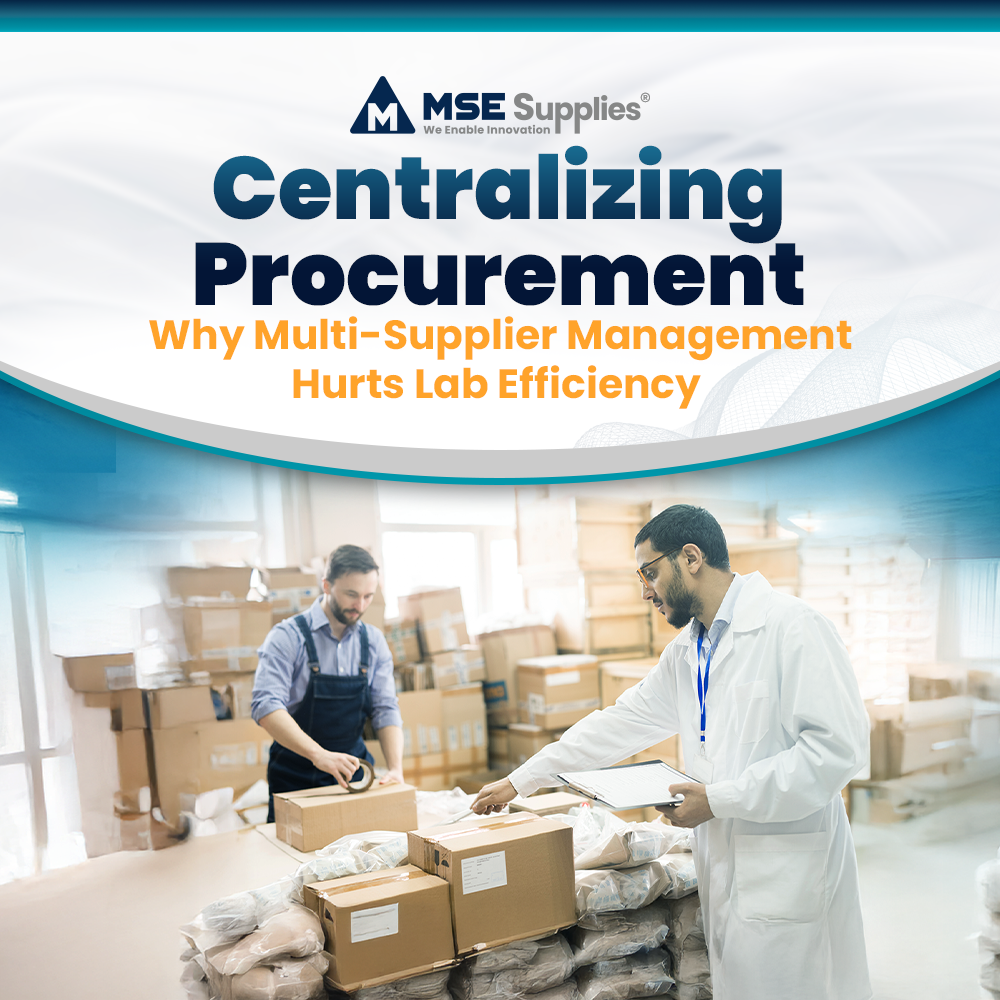The world’s highest efficiency solar cells have been developed at the University of New South Wales, which could eventually lead to zero-energy buildings equipped with ultra-thin panels.
The cells are made from CZTS, a mixture of copper, zinc, tin, and sulphur; the cells remove the toxicity and scarcity problems of cadmium and selenium mixtures usually used in thin-film panels, because all four materials are both common and non-toxic.
“They can be deposited directly onto materials as thin layers that are 50 times thinner than a human hair, so there’s no need to manufacture silicon ‘wafer’ cells and interconnect them separately,” said Professor Martin Green, an expert in solar and a mentor to project lead Xiaojing Hao. “They also respond better than silicon to blue wavelengths of light and can be stacked as a thin-film on top of silicon cells to ultimately improve the overall performance.”
CZTS cells show 7.6 percent efficiency in a 1 centimeter square area, according to research confirmed this month by the United States National Renewable Energy Laboratory. The goal, Hao said, is to reach 20 percent efficiency and beyond.
“There is still a lot of work needed to catch up with CdTe [cadmium-telluride] and CIGS [copper-indium-gallium-selenide], in both efficiency and cell size, but we are well on the way,” he said.
CZTS is cheaper to produce than other types of thin-film photovoltaic cells, though. Crystalline silicon solar panels, which are used most commonly by architects, are cheaper than CZTS cells but not as flexible meaning they offer fewer opportunities for integration into either existing buildings or pre-planned ones. The idea of a zero-emission, entirely self-powered building is still largely science fiction, but Hao and his team hope that they can bring it a little closer to reality.
"I'm quietly confident we can overcome the technical challenges to further boosting the efficiency of CZTS cells, because there are a lot of tricks we've learned over the past 30 years we haven't been applied to CZTS," Hao said.
Source: Megan Crouse, Real-Time Digital Reporter, Product Design & Development




